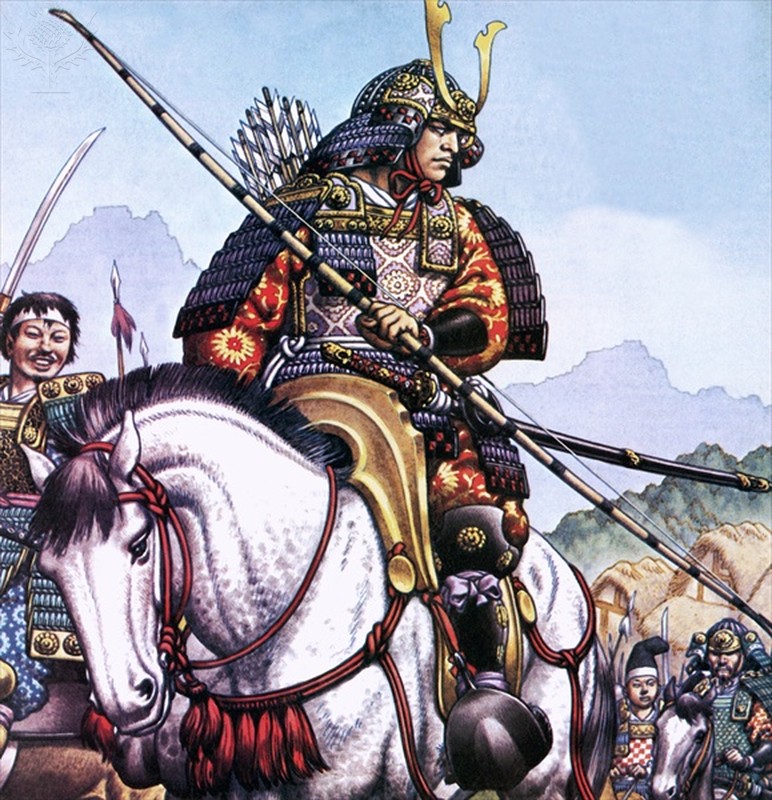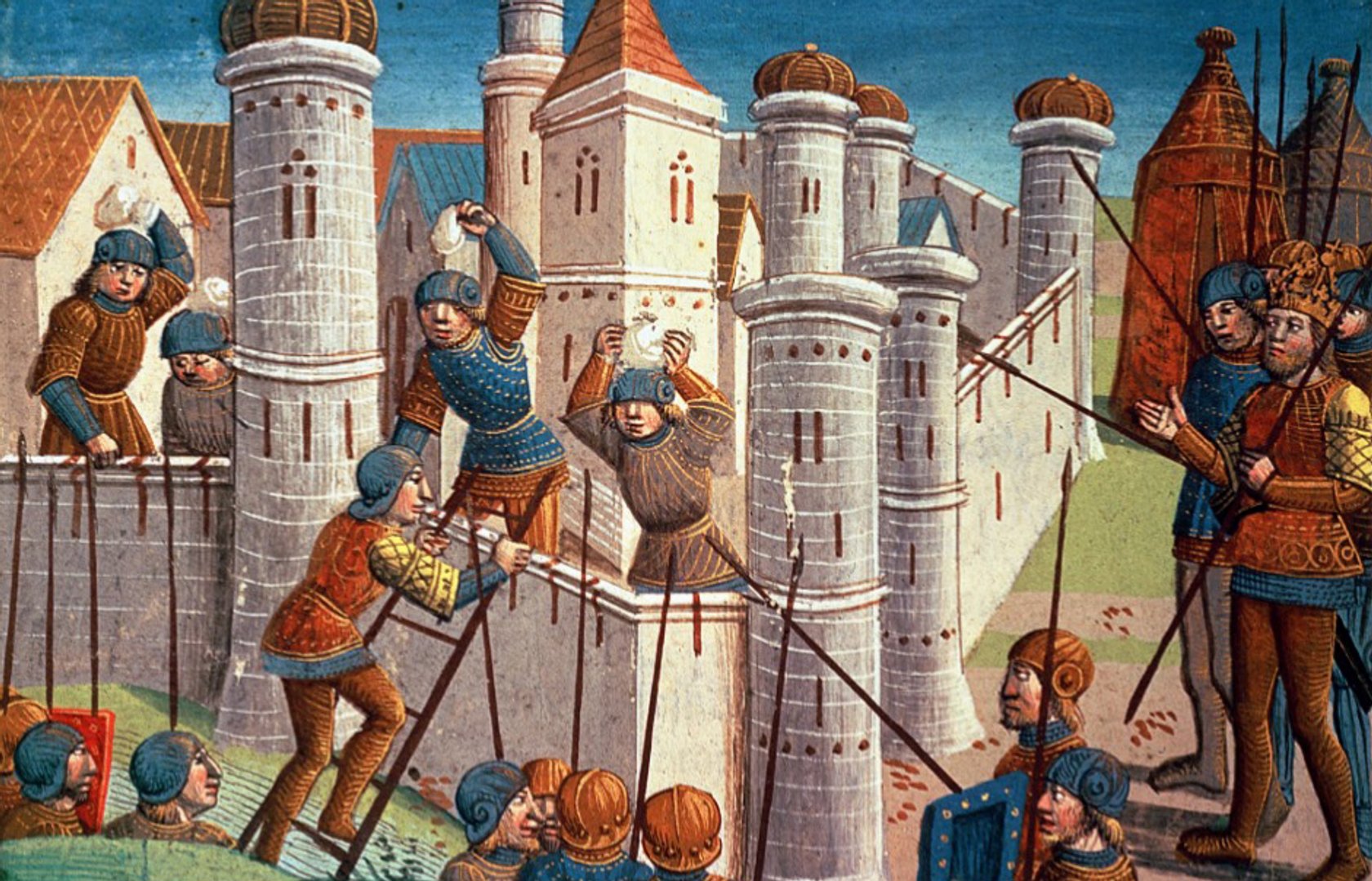

This term refers to the religious motivations held by some knights in the Middle Ages – motivations that were so strong that their plunder was often donated to churches and monasteries. This influence led to the emergence of a concept known as “knightly piety” The Catholic Church had traditionally had an uneasy relationship with war and so this religious aspect of chivalry can be seen as an attempt at reconciling the warring tendencies of the noble class with the ethical requirements of the church. Those taking part in the Crusades were seen as epitomising the image of a noble and righteous warrior and a knight’s servitude to God and church became a central part of the concept of chivalry.
Knights in feudalism in the middle ages series#
This was in large part thanks to the Crusades, a series of military expeditions beginning in the late 11th century that were organised by western European Christians in an effort to counter the spread of Islam.
Knights in feudalism in the middle ages code#
The chivalric code was strongly influenced by Christianity In it Marshal is described as ‘the best knight in the world’. William Marshal’s incredible story is chronicled in the Histoire de Guillaume le Maréchal, the only known written biography of a non-royal to survive from the Middle Ages. Nearly thirty years later in 1217, a 70-year-old William Marshall defeated an invading French army at Lincoln. Despite this, when Richard ascended the English throne later that year, William became one of his most dependable generals and was left to govern England when Richard departed for the Holy Land. In 1189, William even unseated Richard, soon to be Richard I, in battle when Richard was leading a rebellion against his father, King Henry II. He was considered the greatest tournament knight of his age and also spent some years fighting in the Holy Land.

The biggest hero of his day, William Marshal’s name sits alongside King Arthur and Richard the Lionheart as one of England’s most famous knights. This is history that is strong on narrative and bursting with battles and blood-lust. Temple Church in Central London is the physical embodiment of the Knights Templar, a religious order that also trained as warrior monks.


 0 kommentar(er)
0 kommentar(er)
